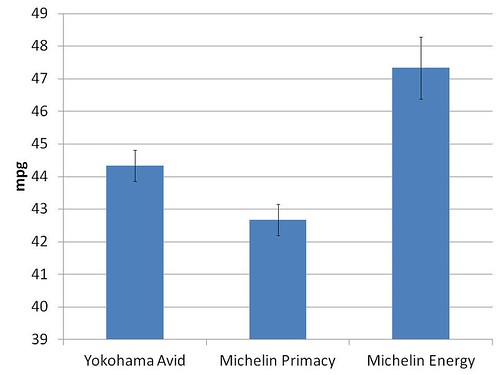but you also have seasonal variation to account for and a small sampling of the energy saver. I'd say report back after a full year on them to have a decent mpg sample in all seasons and conditions.
Also you could be getting better mpg now that the car is well worn in vs brand new.
I know I get better mpg now than when new.
also I would have liked an exact rolling circumference of the 3 tires. its fairly easy to be a small % off.
for example the primacy rev per mile is 834
and the energy saver is 832
the yokohama is 829
Also you could be getting better mpg now that the car is well worn in vs brand new.
I know I get better mpg now than when new.
also I would have liked an exact rolling circumference of the 3 tires. its fairly easy to be a small % off.
for example the primacy rev per mile is 834
and the energy saver is 832
the yokohama is 829
Last edited:


